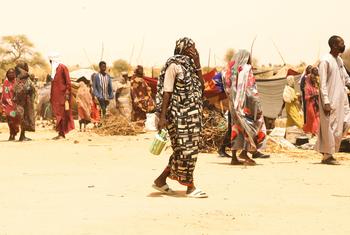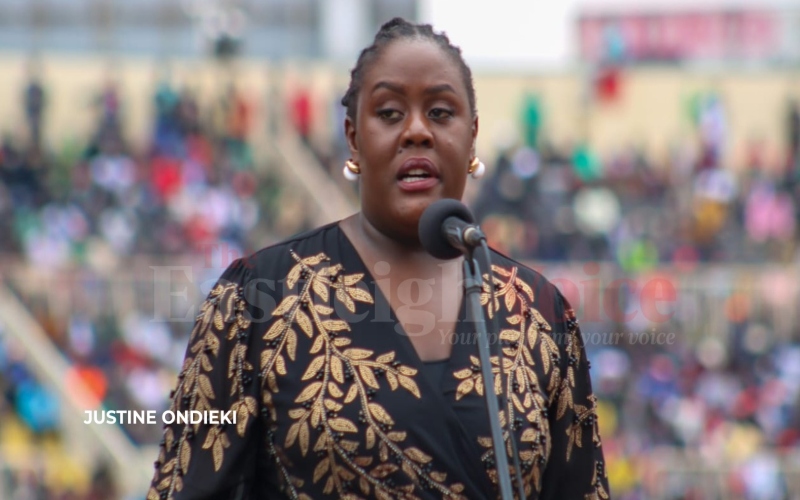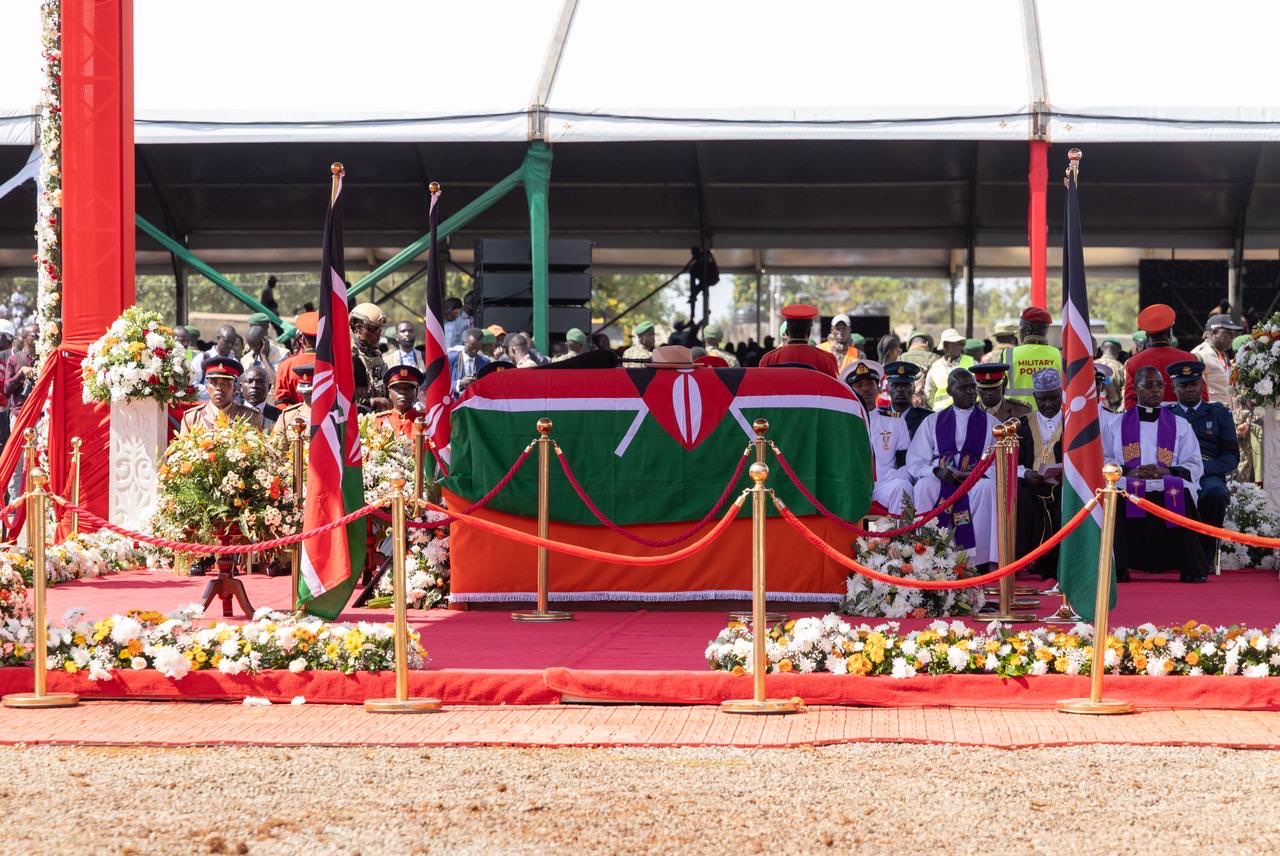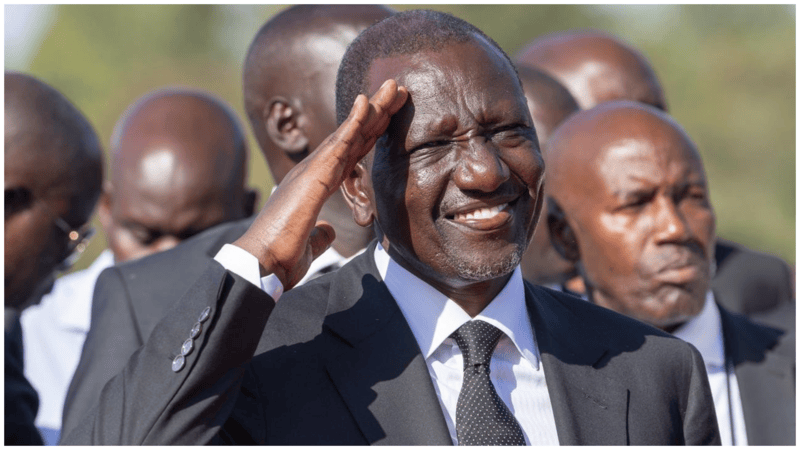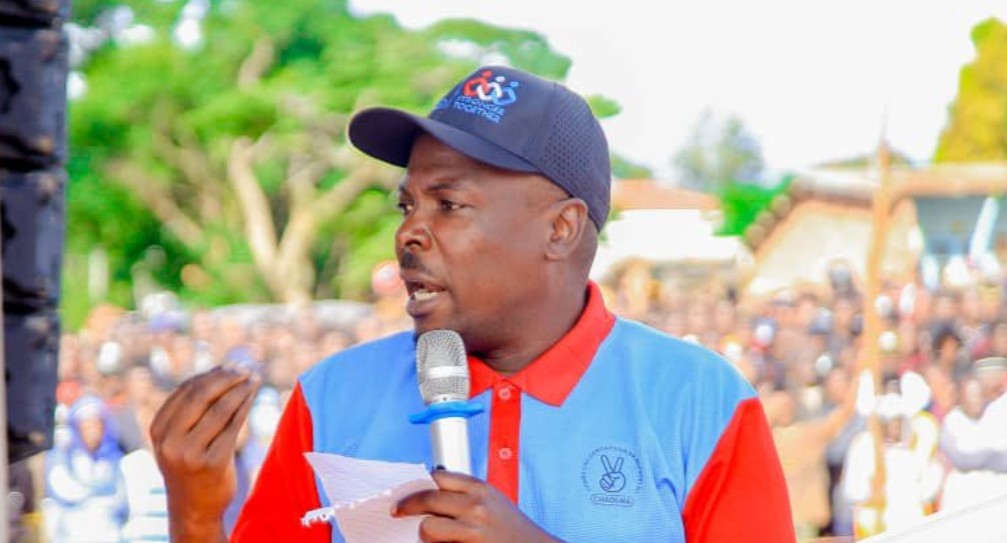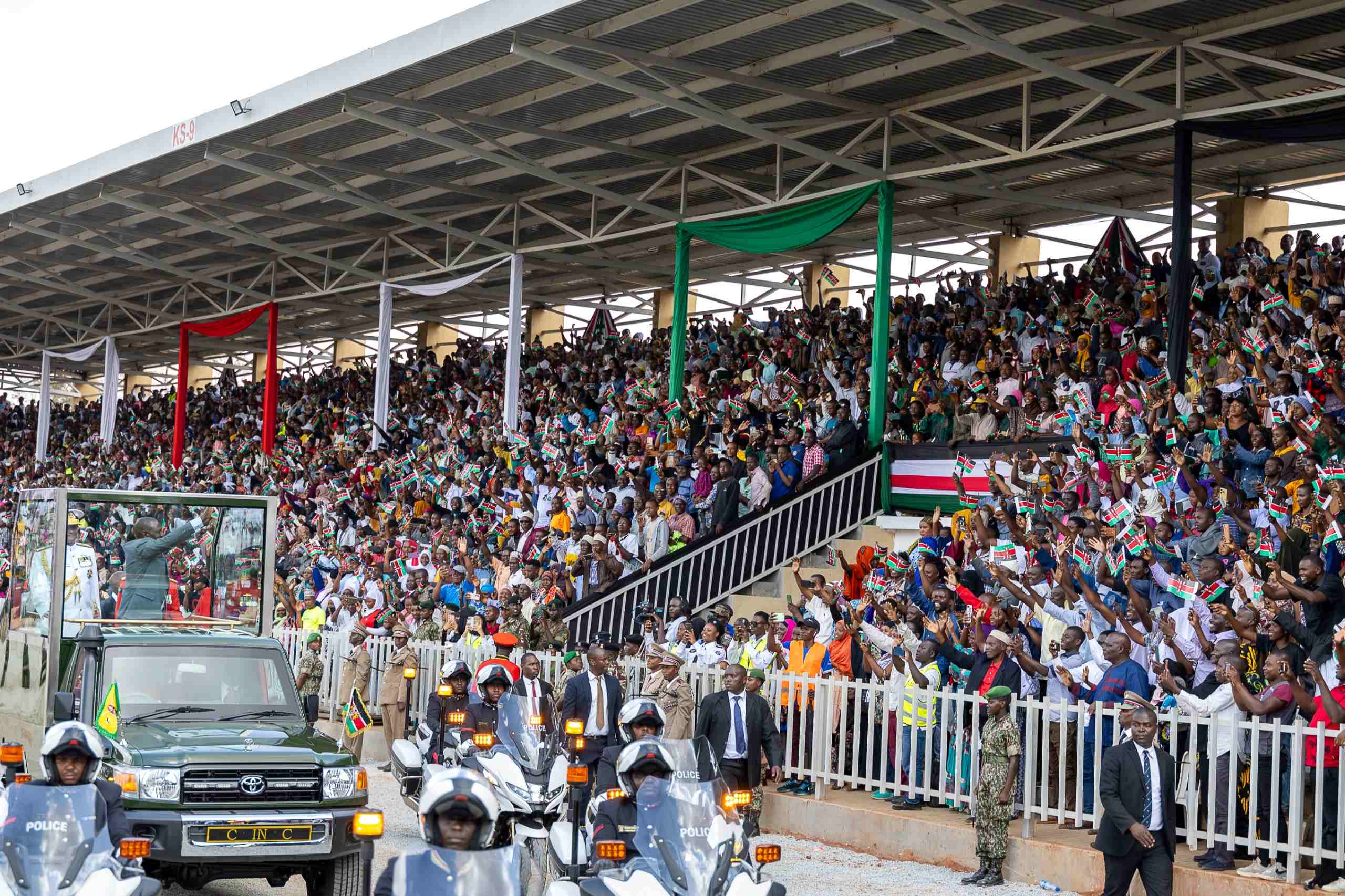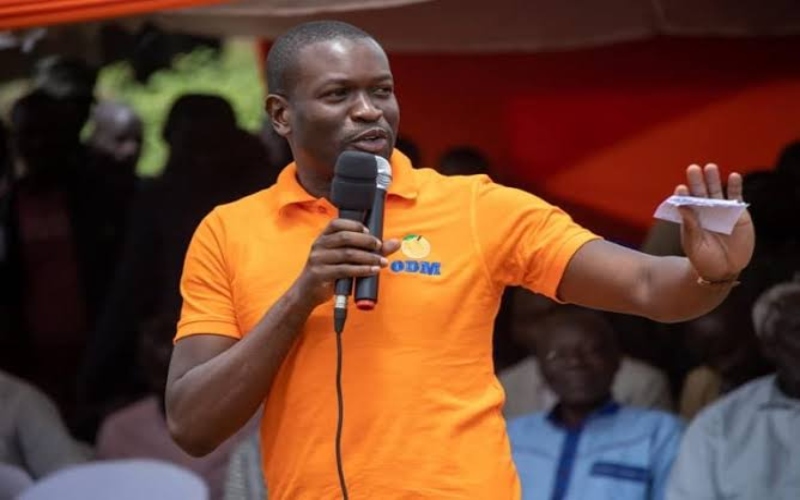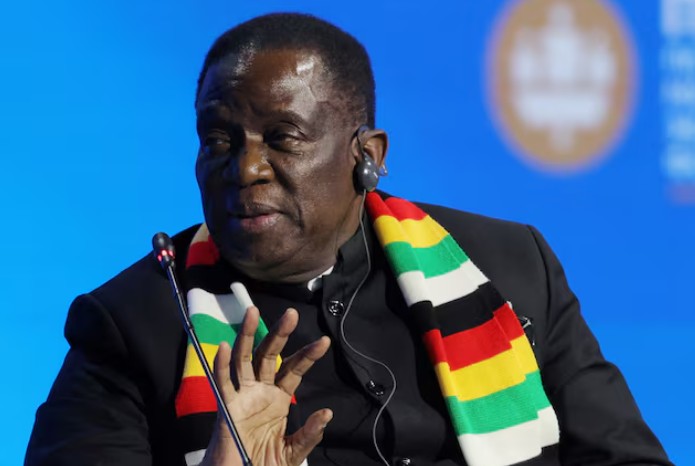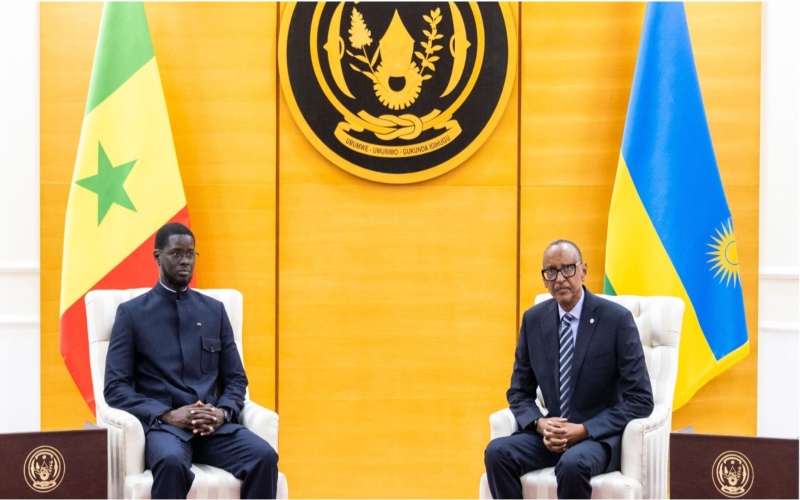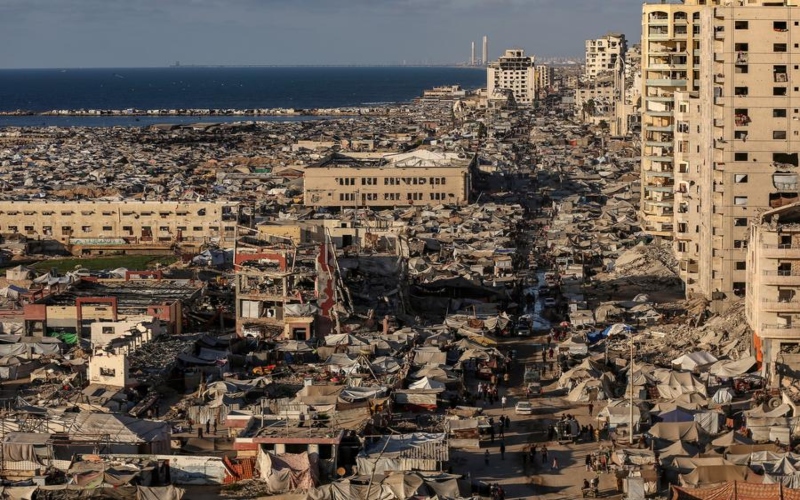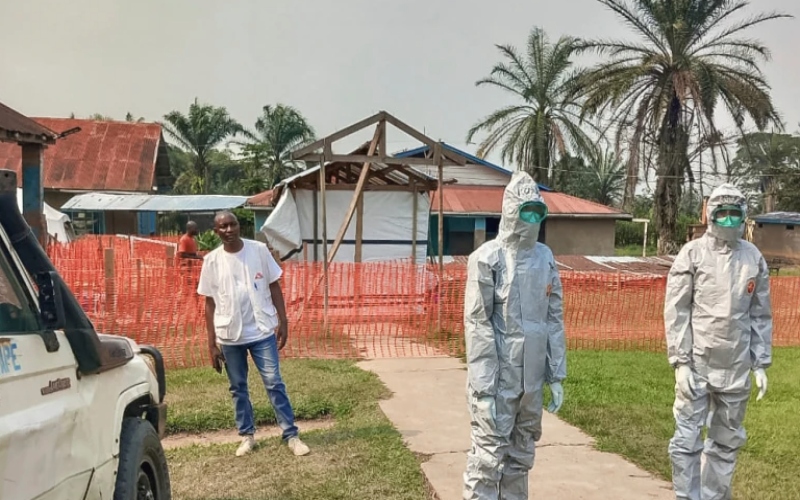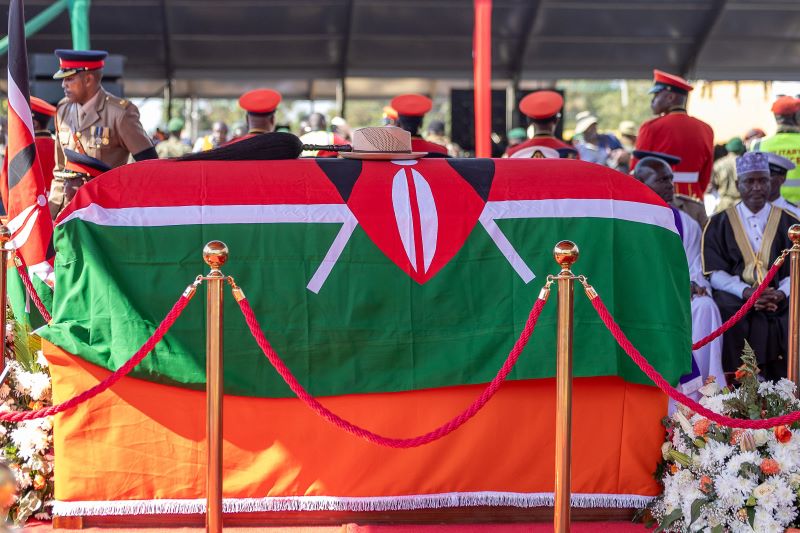Electricity access improves globally, but African states remain behind - Report
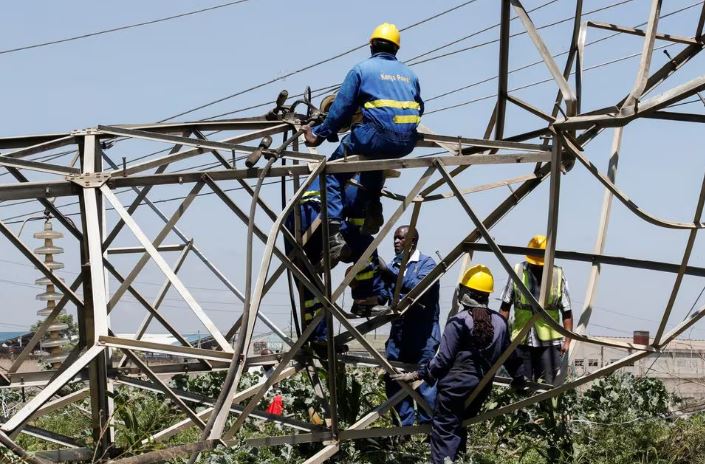
Currently, the report says the region is home to approximately 80 per cent of the world's population without electricity, with many rural and remote areas still lacking basic energy services.
The number of people without access to electricity declined in 2023, a trend set to continue in 2024, a new study report has said.
Produced and published by the global policy firm, International Energy Agency (IEA), it exhibits that most developing countries in other continents are getting closer to universal electricity access, but major gaps persist specifically in ones in sub-Saharan Africa.
More To Read
- Kenya Power profit falls to Sh24.5 billion despite higher electricity sales
- Ketraco owes landowners Sh4 billion in unpaid wayleave compensation -Audit
- Electricity consumption surges, pushing Kenya’s grid to record levels
- MPs grill KETRACO over delayed power projects, pending bills and unpaid compensation claims
- More than 90 per cent of renewable projects now cheaper than fossil fuel alternatives - report
- Understanding Kenya Power’s tariff categories and how they affect your token amount
Currently, the report says the region is home to approximately 80 per cent of the world's population without electricity, with many rural and remote areas still lacking basic energy services.
"After three years of backsliding, progress resumed in 2023, driven by an acceleration in grid connections, continued growth in solar-home systems deployment, and, to a lesser extent, new mini-grids development," IEA says.
However, by the close of 2023, it notes that 600 million sub-Saharan Africans still lacked access to electricity, a number higher than in 2019.
"Even with continued progress in 2024 as suggested by preliminary reporting, the number of people without access to electricity in the region will still be slightly higher than in 2019 by the end of this year."
The agency attributes the challenge to a combination of limited infrastructure, financial constraints and geopolitical instability.
Kenya electricity access
In Kenya, the government has taken substantial steps to increase access to electricity over the past two decades, in line with the Sustainable Development Goal (SDG) of attaining universal access to affordable, reliable, sustainable, and modern energy by 2030.
Official estimates show the country's electrification rate has doubled since 2013, reaching 75 per cent in 2022, according to the agency.
Notably, the country's progress toward universal electricity access significantly bolsters its efforts to realise Kenya Vision 2030, a development plan focused on improving living standards for all Kenyans.
Beyond energy regulation and connectivity, Kenya is also a leader in developing a diversified power generation mix, as more than 90 per cent of its electricity is sourced from hydroelectric, geothermal and other renewable energy sources.
Despite these milestones, the economic think tank, the Institute of Economic Affairs (IEA), says Kenya still faces challenges in guaranteeing affordable and reliable access to electricity in the face of growing energy demand triggered by rapid urbanisation and population growth.
It adds that ensuring access to electricity in certain rural regions also presents difficulties, including the high cost of extending the grid to remote, sparsely populated areas lacking roads and transmission lines.
Nevertheless, findings from a recent Afrobarometer survey reveal that while most Kenyans live in areas served by the national electric grid, a significant share, especially among rural and economically disadvantaged citizens, remain unconnected.
It also reveals that fewer than half enjoy a reliable supply of electricity from the national grid, a situation experts have warned could negate the achievements made in the path towards universal electricity access in the coming six years.
New connections
Entirely in the Sub-Saharan African region, the policy agency says the number of new annual electricity connections in sub-Saharan Africa reached more than 6.5 million in 2023, an increase of 60 per cent since the 2021 dip, and just shy of the around seven million connected in 2019.
Most countries, however, are still lagging below their historical progress levels, it adds in part.
In 2023, more than 40 per cent of the population in sub-Saharan Africa was connected to the main grid. Grids and mini-grids provided access to more than 4 million additional households in 2023.
Data from the first months of 2024 indicate that the rate of new household grid connections in sub-Saharan Africa is set to stay at the levels seen in 2023.
Consequently, IEA says progress will remain far behind the levels required in most countries to reach universal access by 2030, and without further action, around 645 million people will still lack access globally by the end of the decade.
It further notes the challenges that remain in the endeavour specifically for the African states, including limited access to affordable commercial finance, difficulties in disbursing funds for smaller projects, growing debt burdens and competing demands on overseas development assistance budgets.
"Renewed commitments to financing energy access would be crucial to ensure energy access efforts continue to progress and should be considered within the broader context of efforts to mobilise more climate and concessional finance to developing countries," it says.
Top Stories Today
